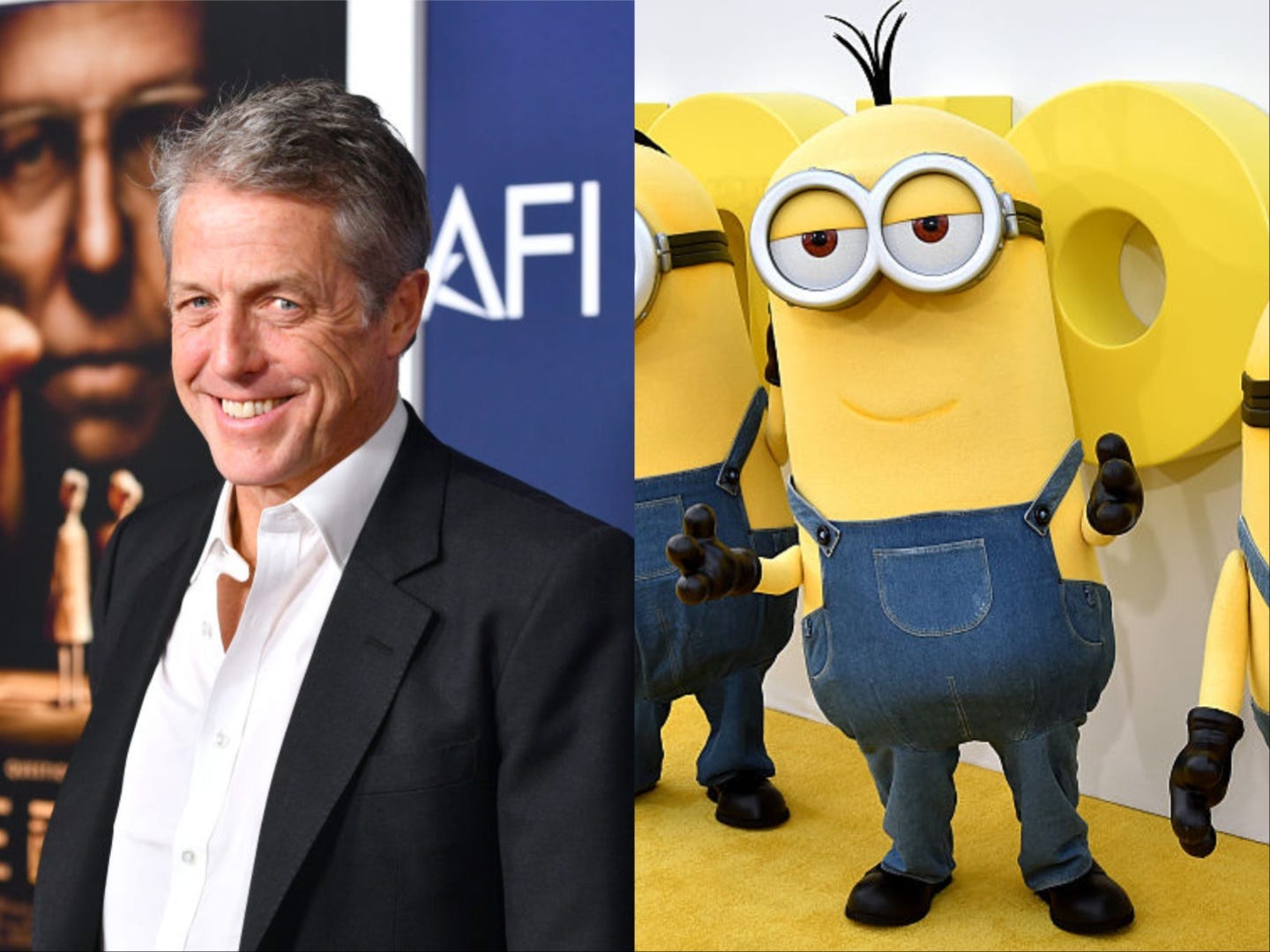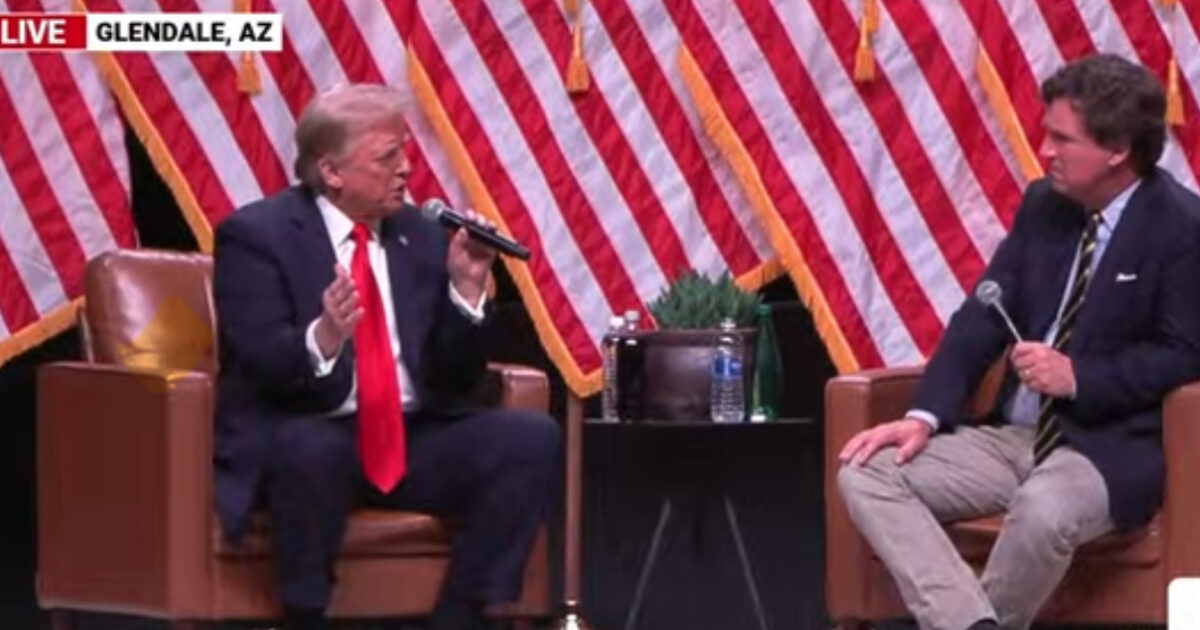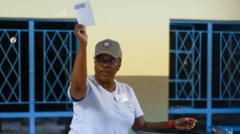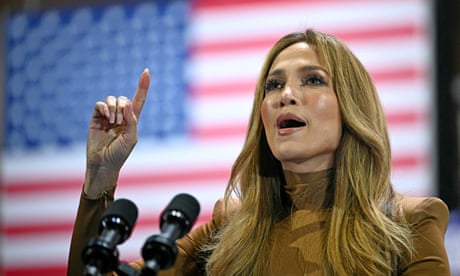A small boy calls out the sights as the train speeds through the Suffolk countryside from London Liverpool Street.
“Tractor. Church. Pigs. Polar bear! Dad! A polar bear!”
The dad doesn’t glance up. “We don’t have polar bears in this country.”
But the boy isn’t dreaming. There they are: four polar bears lumbering across a big green meadow beside a pond, a few miles outside Ipswich.
The arrival of the bears beside the railway line is causing plenty of double-takes from passengers. Sometimes, the bears are announced by the conductor. Occasionally, the driver appears to slow down. It’s only a matter of time before this train is renamed the Polar Express.
Polar bears belong in the frozen Arctic, above 70 degrees north. And yet these magnificent carnivores, one of the largest surviving land mammals on Earth, have been kept in captivity at much hotter latitudes since Egyptian times. King Henry III housed one in the Tower of London. In the 20th century, they became the charismatic inmates of concrete enclosures in flourishing urban zoos. Screaming crowds loved them.

-
Sailors visit the polar bear enclosure at London zoo in 1930. Below: a bear at Dudley Zoo in Worcestershire, 1937 (left), and Brumas, the first baby polar bear to be successfully reared in the UK, at London Zoo in 1950. Photographs: Fox/Getty Images; Mirrorpix/Getty Images


By the 1990s though, polar bears had become the focus of campaigns to end the caging of big, intelligent, far-roaming animals. British zoos seemed to accept the argument that these carnivores, whose wild home range could be as vast as 135,000 square miles, could not flourish in a zoo enclosure less than a millionth of that size. By the turn of the century, just one polar bear remained in Britain.
Now, however, the polar bears are back. In the last year, Jimmy’s Farm, the farm and wildlife park run by farmer, conservationist and TV presenter Jimmy Doherty, has taken in four. A further 12 bears live in three other British parks. Are these captive animals the best hope for a climate-challenged species whose wild population has dwindled to 26,000? Or should they not be here at all?

-
Ewa at Jimmy’s Farm, unperturbed by a passing Ipswich-London train. Photograph: Joshua Bright/The Guardian
The fact that a 49-year-old pig farmer owns four polar bears could be the most bizarre farm diversification ever. “Owner of polar bears. It makes me sound like I’m a Nordic god,” muses Doherty, resplendent in double denim. How about the British Tiger King? “Jimmy Exotic. That would be something. I haven’t got the outfits he’s got,” says Doherty of the eccentric Joe Exotic from the Netflix series. “And I won’t be ringing up Trump to get me out of jail.”
The story of how Doherty built the largest polar bear enclosure in Europe stretches back to his childhood, when he was school friends with Jamie Oliver. The young Doherty was mad-keen on nature, worked at a wildlife park and spent his earnings (he still remembers his wage: £1.12 an hour) on his own menagerie: polecats, terrapins, stick insects. “In my bedroom were loads of snakes. I kept my pocket money in a glass jar inside a snake tank so no one would nick it.”
Later, Doherty studied zoology before dropping out of an entomology PhD to rear pigs. He’d been inspired by John Seymour’s self-sufficiency books, and with his entrepreneurial instincts he realised he could sell rare-breed pork and bacon directly to new farmers’ markets. He rented 40.4 hectares (100 acres) of derelict ground and lived in a caravan; he was assisted by the Jimmy’s Farm documentary series and a £55,000 loan from Oliver. When he opened a farm shop he saw that visitors were fascinated by the animals. “So I put a sow and a litter out, and then a trail, and it became a farm park,” he says.

-
‘It’s a massive commitment – like getting married again.’ Jimmy Doherty stands just outside the five acres of woodland at the polar bears’ disposal. Photograph: Joshua Bright/The Guardian
Then the phone calls began. The RSPCA asked him to take emus found in a shed in Ipswich. A snapping turtle was discovered by a local garage. “She’s called Peaches,” he says. “More and more exotic stuff.” When Doherty opened a butterfly house, his farm became a registered zoo.
Doherty sees nothing odd about the pigs and polar bears combo – it’s all part of his mission to champion global and local conservation, farming and rewilding, and reconnect children with nature and local food production, as he explains when we walk through his park.
There’s a rescued South American ring-tailed coati and racoons saved from a shed in Felixstowe. You may say Doherty’s a rescuer. He also can’t resist a big idea. “There’s always another one around the corner,” he says. “Someone says ‘we need your help’ and it somehow gives you permission.” Doherty once said that he never wanted his park to be one of those places with polar bears and tigers. But that changed in 2022 when he heard that Orsa Predator Park in Sweden was closing and needed to rehome two polar bears.
“Ewa had a tough life – alopecia, a broken claw. She couldn’t go back to the wild and they were going to put her down,” says Doherty. “Time was of the essence.” He borrowed money from the bank and, using donated telegraph poles, built 15km of 4m-high fencing around a 6.5-hectare (16-acre) enclosure, which includes a 16m-deep purpose-built pool, two dens, a state-of-the-art ventilated house, a saltwater dipping pool and a large natural woodland area. This facility cost £1m. “It’s a massive commitment. It’s like getting married again,” he says. Was it a big risk? “Was? Still is.”
Two bears, Ewa and her adult cub Miki, were shipped from Sweden to Suffolk last autumn. Within days of arriving, Miki was dead. “That was horrific,” says Doherty. Miki had an undiagnosed heart condition. “She was a ticking timebomb. She could’ve gone at any time. It was really sad.”


-
Tala cools off in Jimmy’s pond. Photograph: Joshua Bright/The Guardian
Since then, Ewa has been joined by fellow females Hope (a former companion from Sweden), and Flocke and Tala from Yorkshire Wildlife Park. These two are part of the European Endangered Species Programme (EEP) for polar bears, an official zoo breeding programme which aims to safeguard healthy populations of threatened species in captivity.
On a bright autumn day, Tala is playing in a lake, while Flocke and Hope are quickly drawn to a keeper arriving with melons, which they love. Ewa is ambling alone – it’s important they can find private space, explains park director Stevie Sheppard. “There’s two big things we try to do with all our animals. One is to give them space. And the second is choice. If they want to walk in the woods because it’s cooler, they can walk in the woods. They can dive in the deep lakes, bathe in the shallow pool or roll around in the grass or go in a den – it’s their choice.”
How an Arctic species copes with sunny Suffolk at 52 degrees north may be the most-asked question. Doherty points out that mean high summer temperatures in Hudson Bay – polar bear country – are higher than Suffolk’s 22C. “Our worry was the high temperatures – that’s when they get heat stress,” says Doherty. “If they want to regulate their temperature they can go in the woodland, which is about 4C cooler. Having that woodland and the deep pool has really helped.”
Enrichment includes a varied, seasonal diet, whole-carcass feeding (a dead horse or cow), food in blocks of ice, foraging for blackberries, watching the small fish in the ponds and plenty of toys. Doherty particularly enjoys letting them into the woods. “You see them sliding down the hill in the woodland. They pile up the mud and roll about,” he says.
The enclosures at Jimmy’s Farm are a far cry from traditional zoo pens. For critics, however, they are still a much, much smaller space than the wild species enjoys. “We acknowledge that the facilities in the UK are some of the larger facilities in Europe,” says Chris Lewis of the Born Free Foundation. Ultimately, the charity believes that no polar bears should be kept in captivity. They point to evidence of stress in captivity: shortened lifespans, a high level of stress-related fatalities, high infant mortality (a 2003 study put it at 65%), and a high risk of captivity-induced diseases. “Our short-term asks of the zoo industry would be to stop breeding polar bears and then look to phase out the existing population,” says Lewis, “because there’s no meaningful or direct conservation benefit to keeping polar bears in captivity.”
Lewis says it is “hard to understand” why polar bears have returned to British zoos. Are they irresistible? Back in 2007, one bear powerfully demonstrated their box-office status to the rest of the European zoo community. Knut, a cub rejected by his mother at Berlin zoo, was hand-reared by a devoted keeper and became a global media sensation. Knutmania saw Berlin zoo enjoy the most profitable year in its 163-year history, with 30% more visitors and €5m in revenue. Merchandise, books and films followed – and tragedy. Knut’s keeper died, and so did Knut, aged just four, of a seizure triggered by encephalitis.
Bringing polar bears to Jimmy’s Farm was clearly a decision of the heart for Doherty – but he had his financial head on too. “The sums have to add up, otherwise you’re being foolish. You make sure you repay the loans,” he says. They had a 50% increase in visitors over summer half-term and are aiming for 300,000 this year.

-
A polar bear in its cage at London Zoo, 1960. Photograph: Frederick Wilfred/Getty Images
Another reason for British zoos bringing back polar bears is the innovative work of Douglas Richardson. At Highland Wildlife Park in 2009, he oversaw the creation of a new polar bear enclosure, so Britain’s ageing last polar bear, Mercedes, could be relocated from Edinburgh. Bear enclosures were once expensively made from concrete and steel, which necessarily made them small. Richardson deployed much more cost-effective deer fencing, reinforced with electric fencing, which was cheap enough to build a four-hectare (10-acre) enclosure.
“Using what one colleague called ‘chicken wire and harsh language’ to contain polar bears allowed you to enclose very large areas very economically,” says Richardson, who has since advised all three British zoos that keep them. Yorkshire Wildlife Park set up a new four-hectare (10-acre) enclosure in 2014; they now have six bears. Staffordshire’s Peak Wildlife Park keeps two bears in two hectares (five acres). Under Richardson’s guidance, the first British polar bear cub for 25 years, Hamish, was born at Highland Wildlife Park in 2017.


-
Hamish as a cub and just three years later, at Yorkshire Wildlife Park in Doncaster. Photographs: Royal Zoological Society of Scotland/PA; Danny Lawson/PA
“The way polar bears were kept in zoos historically was, to be frank, nothing short of appalling,” says Richardson. But he argues the new enclosures are a different world. He didn’t recognise Ewa when he checked on her at Jimmy’s Farm in September: her alopecia has vanished, she’s off medication and has returned to her natural cycle. Of Doherty’s woodland, Richardson says: “It’s not exactly polar bear habitat but there’s lots of shade and lots of interesting smells. And it turns out polar bears like mushrooms.”
The idea of zoos being arks for imperilled wild populations remains a popular one. But a zoo-kept polar bear has never been successfully returned to the wild. “Common zoo reintroduction successes are usually invertebrates they’ve been able to breed in large numbers,” says Lewis. “Other examples that the zoo industry uses are always the same because there’s so few – the Arabian oryx, the California condor. There’s not enough space to keep [polar bears] in enough numbers to have a genetically diverse population that is healthy enough to release into the wild. Zoos are almost a distraction. Conservation action needs to be taken to address the threats facing these species in the wild – the climate crisis, pollution, human encroachment.”
Richardson, who advises the European captive-breeding programme for polar bears, admits that “reintroducing polar bears from a captive population would be hugely, hugely difficult” but argues that at least a captive population retains that option. He says the European population of 120 animals, based on 60 founder animals, is genetically viable because there has been a steady addition of new wild individuals via Russia. “If you have a regular infusion of new founders your actual population need not be enormous,” he says.
In the near future, Richardson predicts that global heating will lead to more climate change refugee polar bears requiring rescue from the wild. He hopes that new, massive fenced reserves more reflective of the polar bears’ natural range may be established, mimicking how many African safari animals live in fenced reserves.

-
Ewa enjoying a carrot in the autumn sunshine. Photograph: Joshua Bright/The Guardian
Back at Jimmy’s Farm, Doherty is not ruling out breeding polar bears. “Maybe one day, if we were called upon, and there was good reason to do it, and it was that we need more paws on the ground,” he says.
Meanwhile, there’s another big idea – or animal rescue – to attend to. Despite being “skint”, Doherty crowdfunded to save the last brown bear, Diego, from Orsa Predator Park, and is now importing another brown bear from a Romanian sanctuary. I can imagine Michaela, Doherty’s wife, rolling her eyes at his latest rescue. Does he get told off for all the new burdens he acquires? “Quite a lot. There’s always someone that needs help. That’s the problem.”









